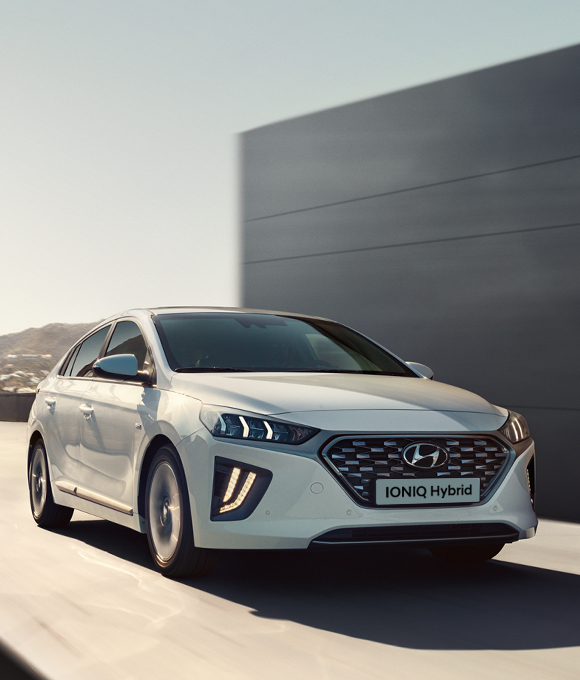A switch to an electric car and rooftop solar by ex-oil engineer Larry Narraway has zero emissions and zero downside, he says.
In an interview with Tasmanian reporter Rose Grant, on behalf of the Australian Electric Vehicle Association (AEVA) and sustainability magazine Renew’s Sustainable House Day, Larry describes how he is re-evaluating his carbon impact, and why he decided to install rooftop solar on his Hobart home and buy a Hyundai Ioniq.
“I was working in the oil and gas industry for the last decade and a bit, and I was also driving a very, very large engine Holden which was great for hobbies I was doing the time, but I was also getting increasingly aware of the nature of climate change and the way emissions are changing the world,” Narraway tells Grant.
He says after moving to Tasmania one of the first things the couple did was install rooftop solar on their home.
While the solar will pay for itself, Narraway says the investment in the Ioniq – one of a handful of electric vehicles available in Australia for less than $50,000 before on-road costs – was “an ethical choice.”
“We wanted to be able to do some travel in a relatively green way,” he tells Grant. “We still understand the embodied energy issues, but we very very happy to have switched to a zero emissions vehicle.”
Narraway says the Ioniq, which is available with up to 311km driving range, works “incredibly well for the life we live.”
“We’ve got a 40 kilowatt hour battery in the car, we’ve got 5 kilowatt our solar system so the house is energy neutral – we generate more than we actually use,” he says.
The couple uses a 7kW charger installed in their garage, although they don’t use it at its top charging rate or it would need to pull power from the grid.
“So what we’ve done is de-rate our charger and we can control the charging rate from the car. We charge relatively slowly, so if we’re doing a moderately full charge it will take about 10 hours.
“We have our charging set up to run between 9:30 and 2:30 and we turn it on by looking out and saying if it’s sunny, we plug the car in and if it is not, we don’t.”
On a grey day the couple chooses not to charge. “If it’s a sunny day we generate 5 to 7 kilowatt hours, no trouble at all, and we can probably put 2-3 of that into the car,” he says.
Narraway says he is blown away with how efficient and cheap the car is to run.
“We use about 1kWh, or 25 cents, to do a shopping run, and we do it once a fortnight, so that’s just magnificent, we really really enjoy that.”
He says aside from the energy efficiency and zero carbon footprint of the Ioniq, it is also “a lovely experience to drive – we have come from an old car so we’ve got a 20-year changeover in car technology but we’ve also found it’s just been a great experience driving the electric car. It’s nice and smooth and easy and it feels field comfortable to drive straight off the bat.”
Read more: The Driven




